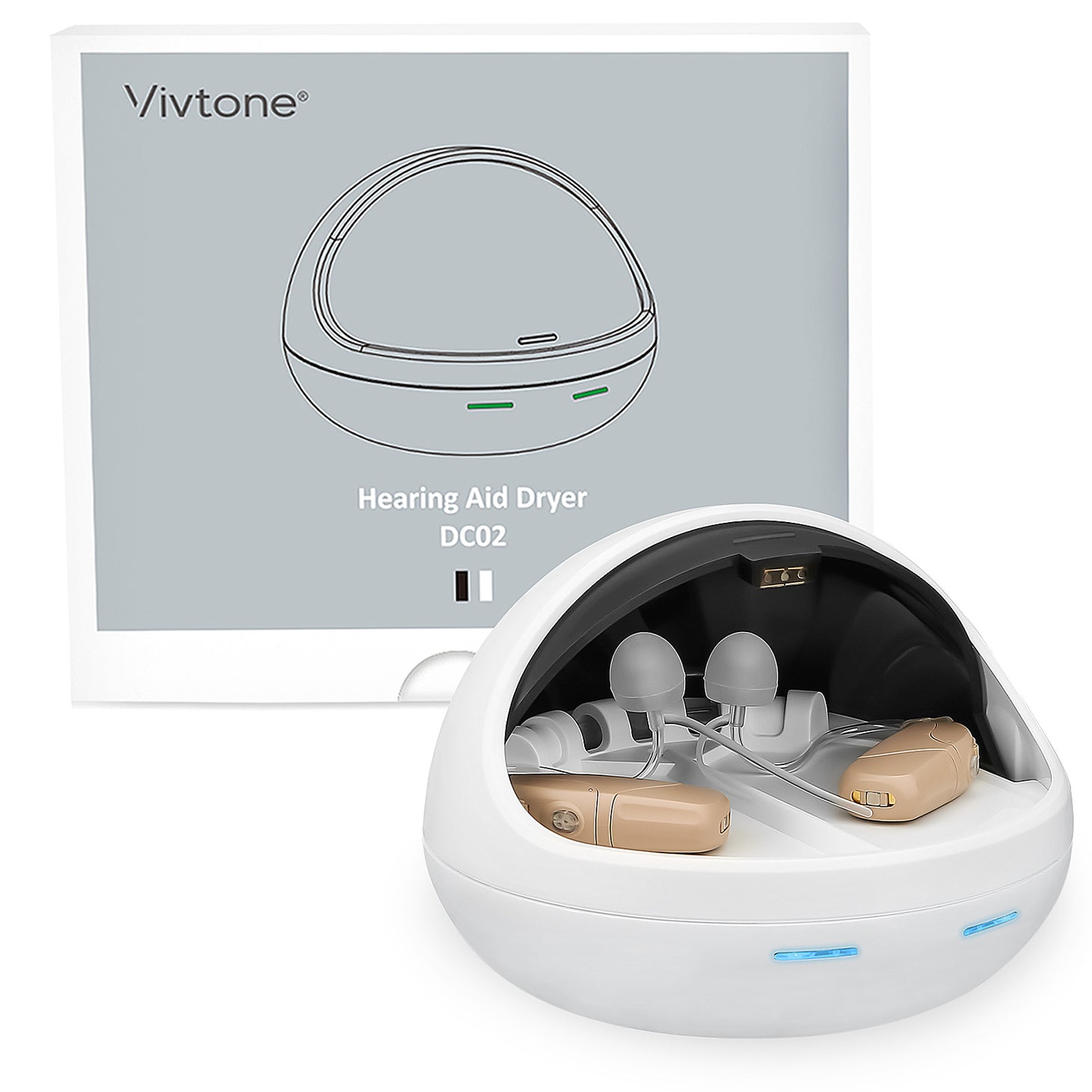A Guide to Understanding the Different Parts of a Hearing Aid: From Microphones to Batteries
Body
When it comes to understanding the different parts of a hearing aid, it's essential to have a comprehensive knowledge of each component and how they work together to improve the hearing experience. From microphones to batteries, every part plays a crucial role in ensuring that the user can hear clearly and comfortably in various environments.

The Microphone
The microphone is a fundamental part of a hearing aid, as it picks up sound from the environment and converts it into electrical signals. These signals are then processed and amplified to produce clear and audible sound for the user. There are different types of microphones, including directional and omnidirectional, each with its own advantages in capturing sound from specific directions or all around.
The Amplifier
Once the microphone picks up the sound, the amplifier comes into play. It increases the strength of the electrical signals and adjusts them based on the user's hearing needs. The amplifier ensures that the sound is loud enough for the user to hear comfortably without causing discomfort or distortion. Modern hearing aids use digital amplifiers, which offer precise and customizable amplification for different frequencies and volumes.
The Receiver
After the sound is processed and amplified, it is transmitted to the receiver, which converts the electrical signals back into sound waves. The receiver delivers the amplified sound directly into the user's ear canal, allowing them to hear clearly and naturally. It's essential for the receiver to be fitted properly to ensure optimal sound delivery and comfort for the user.
The Battery
Powering the entire hearing aid is the battery, which provides the necessary energy for all the components to function. There are different types of hearing aid batteries, including disposable and rechargeable options. It's crucial for users to understand the battery life of their hearing aids and how to properly maintain and replace the batteries when needed to ensure uninterrupted hearing assistance.
Understanding the different parts of a hearing aid is crucial for both users and professionals in the field of audiology. By having a comprehensive knowledge of how microphones, amplifiers, receivers, and batteries work together, individuals can make informed decisions about their hearing aid options and care. Audiologists and hearing aid specialists can also provide better guidance and support to their clients by explaining the functionality and maintenance of each part.
Whether you're new to using hearing aids or have been wearing them for years, having a deep understanding of the different parts and accessories can significantly enhance your overall hearing experience. From the microphone to the battery, each component plays a vital role in ensuring that you can hear comfortably and confidently in various situations.







Comments